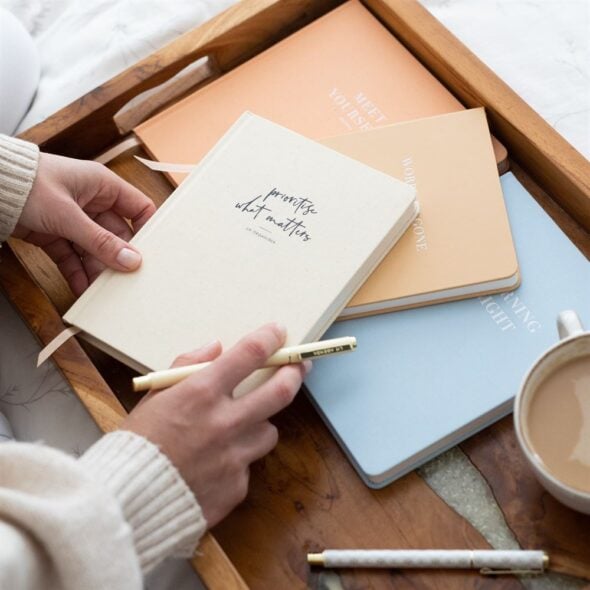While recent research tells us that more men are stepping up and helping out around the home, the reality is that women still do the lion’s share of running the home and looking after the family. Apart from being terribly unfair, this makes it incredibly hard for women to achieve that very elusive work-life balance.
The term work-life balance seems to be putting more pressure on us than helping us. If you Google ‘work life balance’ most of the articles you get focus on the concept of time – where you are spending your time and how you can be more effective with your time. How is that working out for you? 80% of Australians claim they want more balance in their life (Australian Bureau of Statistics). Clearly these current strategies are not working. We need to do something different.
We decided to re-engineer balance. The first step was to ask people why they wanted balance. The two most common responses were; I want to be happy and I want to have better relationships. The second step was to ask partners, children and friends the question ‘why do you want the people around you to have balance’? Their response was startling. Very few of them talked about time and in fact they said “We understand the long hours, we understand that you have to answer emails after hours, what we don’t get is that you walk through that door and you are a jerk. You come home and take your day out on us or you treat us like we are an annoyance.” From this insight, we realised that balance is not about time, it’s about how you behave in the home.
We decided to attack balance by helping people improve the state of mind they entered the home with. Our strategy to do this was to get people to change behaviour in the transitional space between work and home, which we called the Third Space. We searched for the key behaviours in this space that would allow us to drop the work baggage and not take it home with us.
After five years of research we found the magic formula of what to do between work and home.
1. Reflect: This is where you reflect on and analyse the day’s activities. The key here is to focus on what you achieved that day and what went well for you. This activity of examining how you had grown and improved will increase your level of positive emotion, and put you in a growth mindset.
2. Rest: The next step is to take time to relax and unwind. Being calm and present, allows your body and brain to recover from the stressful day. This phase also allows your brain chemistry to shift so that you are calmer and rational.
3. Reset: This is the final step where you became clear about your intention for the home space and articulate the specific behaviours you want to exhibit. In other words how you wanted to ‘show up’ when you walked through the door. From our research, the most important step that determined if people had a good interaction in the home was how they entered the home environment. If they walked in happy, calm and relaxed, they had a positive interaction. In contrast, if they came home angry, frustrated and manic, they had a negative interaction.
We found that most people came home thinking about time and money. “I need to make more money and I have so many things to get done”. The problem here is that interactions in the home don’t give them money or tick things off their to-do list. As a result, they saw interactions in the home as valueless and a nuisance. In response, their behaviour was aggressive and curt. Women had another layer of complexity as most ‘tasks’ in the home were performed by them and they were thinking “I have so many things to do, get the kids fed, help do their homework, get them dressed for bed …..”

In one of our experiments we asked 600 people to practise these behaviours between work and home for a month. When we re-tested them after a month, we saw a whopping 41% improvement in behaviour in the home. When interviewed they conveyed the improved interactions they had with friends and family led to a greater feeling of overall balance.
Many of them said that practicing the Third Space between work and home allowed them to come home in a better mood and shifted their mindset. Their new mindset was, “The day is done and I have such little time with my family, this time is precious and I need to savour each moment”.
The key to balance is less about scheduling and organisation and more about how we behave in the home.
Dr Adam Fraser is one of Australia’s leading educators, researchers and thought leaders in the area of human performance. He is also the author of ‘The Third Space’, a book about using life’s little transitions to find balance and happiness. For more information visit http://www.thethirdspace.com.au/
Top image: Dia



